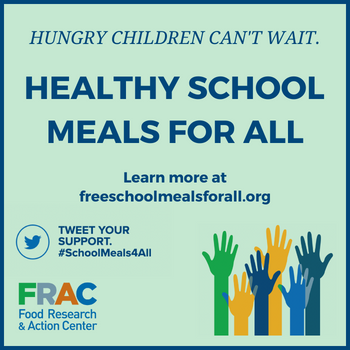When school lets out, millions of children from low-income households lose access to the school breakfasts, lunches and afterschool snacks and meals they receive during the regular school year. The Summer Nutrition Programs help fill this gap by providing free meals and snacks to children who might otherwise go hungry.
The program is administered at the federal level by the U.S. Department of Agriculture (USDA), and in each state through the department of education, agriculture, or health. To find out the agency that administers Summer Meals in your state, check USDA’s list of state administering agencies.
Quick Facts
- Benefits of Summer Nutrition ProgramsThe Summer Nutrition Programs provide free meals and snacks to children 18 and under at sites in low-income communities or that serve primarily children from low-income households. Most summer meal sites provide educational, enrichment or recreational activities that keep children learning, active and safe when school is not in session. These programs contribute to children’s healthy growth and development by providing them with nutritious meals and snacks over the summer months, a time when children can be more at risk for hunger and weight gain.
- How the Summer Nutrition Programs WorkTwo federal nutrition programs exist to feed children during the summer months – the Summer Food Service Program (SFSP) and the National School Lunch Program (NSLP). Local governments, school districts, and private nonprofits can sponsor summer meal sites, which may be located at schools, parks, recreation centers, housing complexes, tribal lands, YMCAs, Boys and Girls Clubs, houses of worship, camps, summer school, and other places where children congregate. Sponsors receive a reimbursement for each eligible meal and snack served at meal sites. To learn more, visit the Summer Nutrition FAQ page.
- Strategies to Expand the Summer Nutrition ProgramsComprehensive outreach, improved public policies, and expanded partnerships with national, state, and local stakeholders are key strategies to increasing participation in the Summer Nutrition Programs. Use these guides and resources, plus FRAC’s Summer Food Mapper, to successfully prepare, promote, and execute the Summer Nutrition Programs.
- Serving High Quality and Nutritious Summer MealsAll meals served through the Summer Nutrition Programs must meet the U.S. Department of Agriculture’s nutritional guidelines.
A summer breakfast can be as simple as a muffin, watermelon slice and a carton of low-fat milk. Lunch can be as simple as vegetable pasta, a low-fat yogurt cup, an apple, and a carton of low-fat milk. The state child nutrition agency can provide summer sponsors with additional information about the nutrition guidelines and help them plan menus that meet the USDA requirements.
Still, there are opportunities to build upon the standards. When sites serve nutritious and appealing meals and snacks, it helps attract children and increases the likelihood that they consistently participate.
Find out about additional steps sponsors can take to build high quality summer meal sites; improve vended meals and vendor relations; and use more local, fresh foods.
- Serving Summer Meals in Rural AreasThe Summer Nutrition Programs can fill the hunger gap that exists during summer break for millions of children in rural low-income communities. Pairing summer meals with summer programs addresses the loss in learning that too many children from low-income households experience over the summer months. Learn more in our fact sheet: Rural Hunger in America: Summer Meals.
- State Summer Nutrition LegislationStates have passed a variety of types of legislation to increase summer meals participation, such as allocating funds to supplement the federal reimbursement that sponsors receive from USDA, and passing legislation that requires school in low-income areas to provide meals during the summer months. Find out more.
Reports on Summer Meals
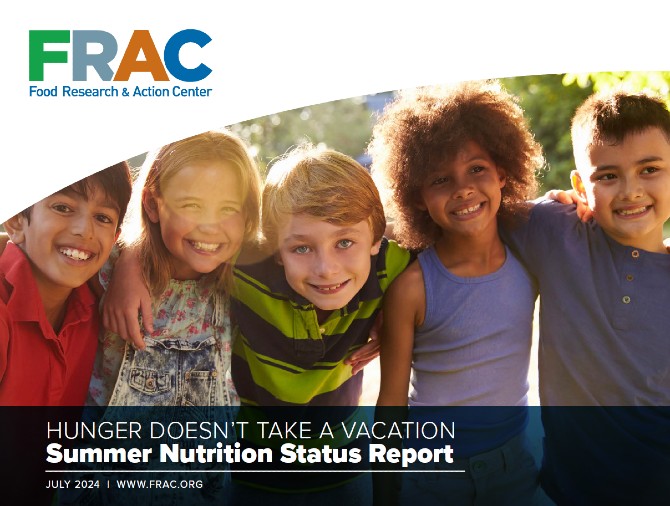
Hunger Doesn’t Take a Vacation: Summer Nutrition Status Report (July 2023 data)
Read More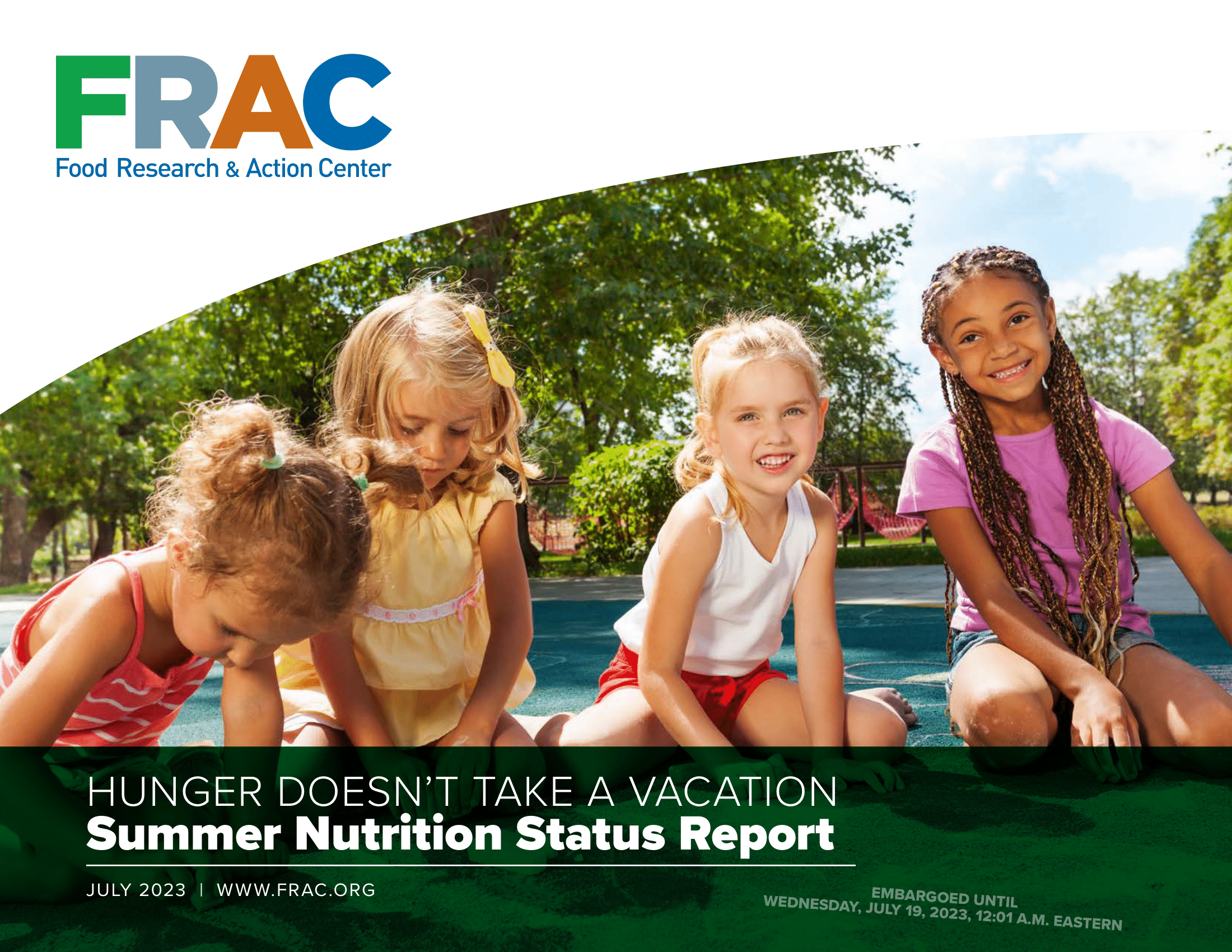
Hunger Doesn’t Take a Vacation: Summer Nutrition Status Report (July 2022 data)
Read More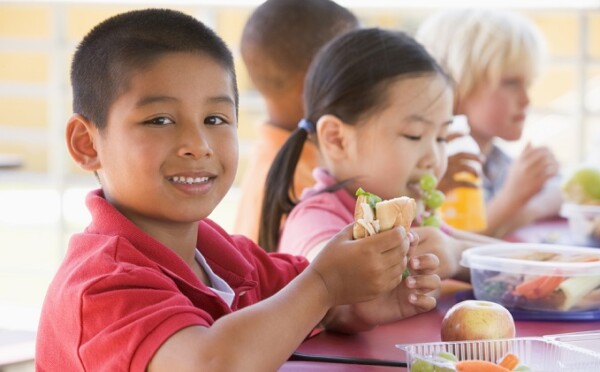
Hunger Doesn’t Take a Vacation: Summer Nutrition Status Report (July 2021 and 2020 data)
Read More
Hunger Doesn’t Take a Vacation: Summer Nutrition Status Report (July 2019 data)
Read More
Hunger Doesn’t Take a Vacation: Summer Nutrition Status Report (July 2018 data)
Read More
Hunger Doesn’t Take a Vacation: Summer Nutrition Status Report (July 2017 data)
Read More
Hunger Doesn’t Take a Vacation: Summer Nutrition Status Report (July 2016 data)
Read More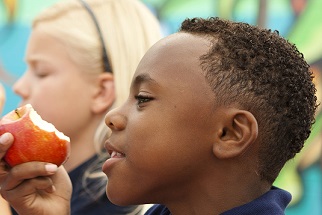
Hunger Doesn’t Take a Vacation: Summer Nutrition Status Report (July 2015 data)
Read More
Resources

The Summer Electronic Benefit Transfer Program (Summer EBT) Fact Sheet
Read More
Summer Nutrition and Enrichment Programs: Effective Tools to Support Child Food Security, Health, and Learning During the Summertime
Read More
Tools You Can Use: Grow Your School, Afterschool, and Summer Nutrition Programs
Read More
How It Works: Increasing Summer Breakfast Participation
Read More
Identify eligible sites with the Summer Food Mapper.
Read More
FRAC's Summer Food Service Program Fact Sheet
Read More

